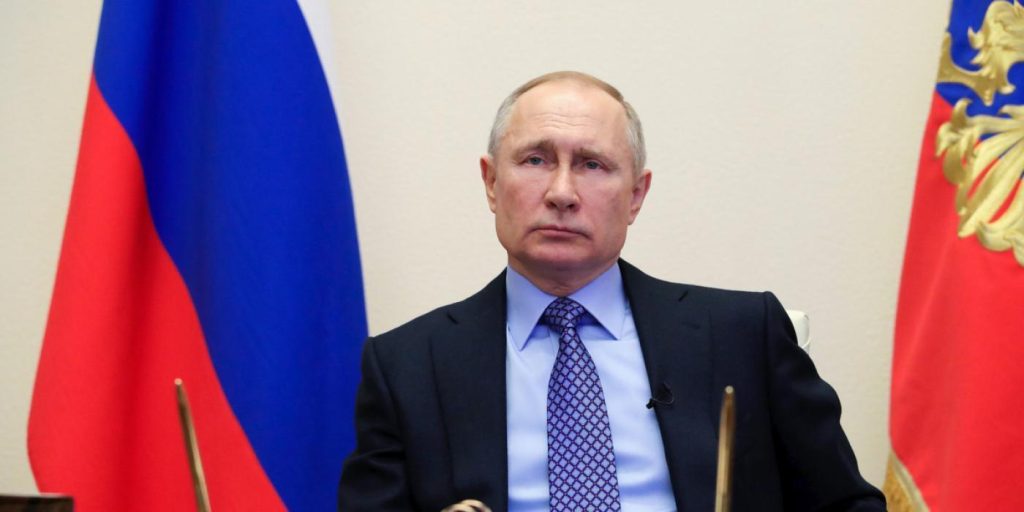Russia faces major labor shortage in key jobs by 2030
Others are reading now
A recent analysis of Russia’s labor market has raised concerns about a significant labor shortage that the country is expected to face in the coming years.
The report, published by the newspaper Kommersant and based on research by the consulting firm Yakov & Partners (formerly the Russian branch of McKinsey), projects a shortage of 2–4 million workers by 2030.
This looming labor crisis is not just about the sheer number of workers needed; it’s about the type of jobs that will remain unfilled. The analysts estimate that up to 90 percent of these vacancies will be in “key jobs” that demand intermediate qualifications, a category that typically includes a wide range of skilled labor essential for various industries.
Also read
The report traces the evolution of this shortage, noting a substantial increase in job openings in recent years. Between 2018 and 2023, the number of job postings by Russian employers surged by a factor of 1.8. This trend has continued to escalate, with a record-setting 1.2 million job postings reported in August 2023 alone.
One of the significant effects of this labor shortage is its impact on wages. According to Yakov & Partners, the scarcity of workers has driven up salaries at a rate that surpasses GDP growth, inflation, and the consumer price index.
This increase in wages reflects the growing demand for workers and the urgency with which employers are trying to fill these critical roles.
The predicted labor shortage in Russia represents a substantial challenge for the country’s economy, as it struggles to meet the workforce demands necessary for sustained growth and development.
It also underscores the importance of investing in education and training to prepare workers for the evolving job market, particularly in those sectors identified as crucial but currently facing a deficit of skilled labor.


